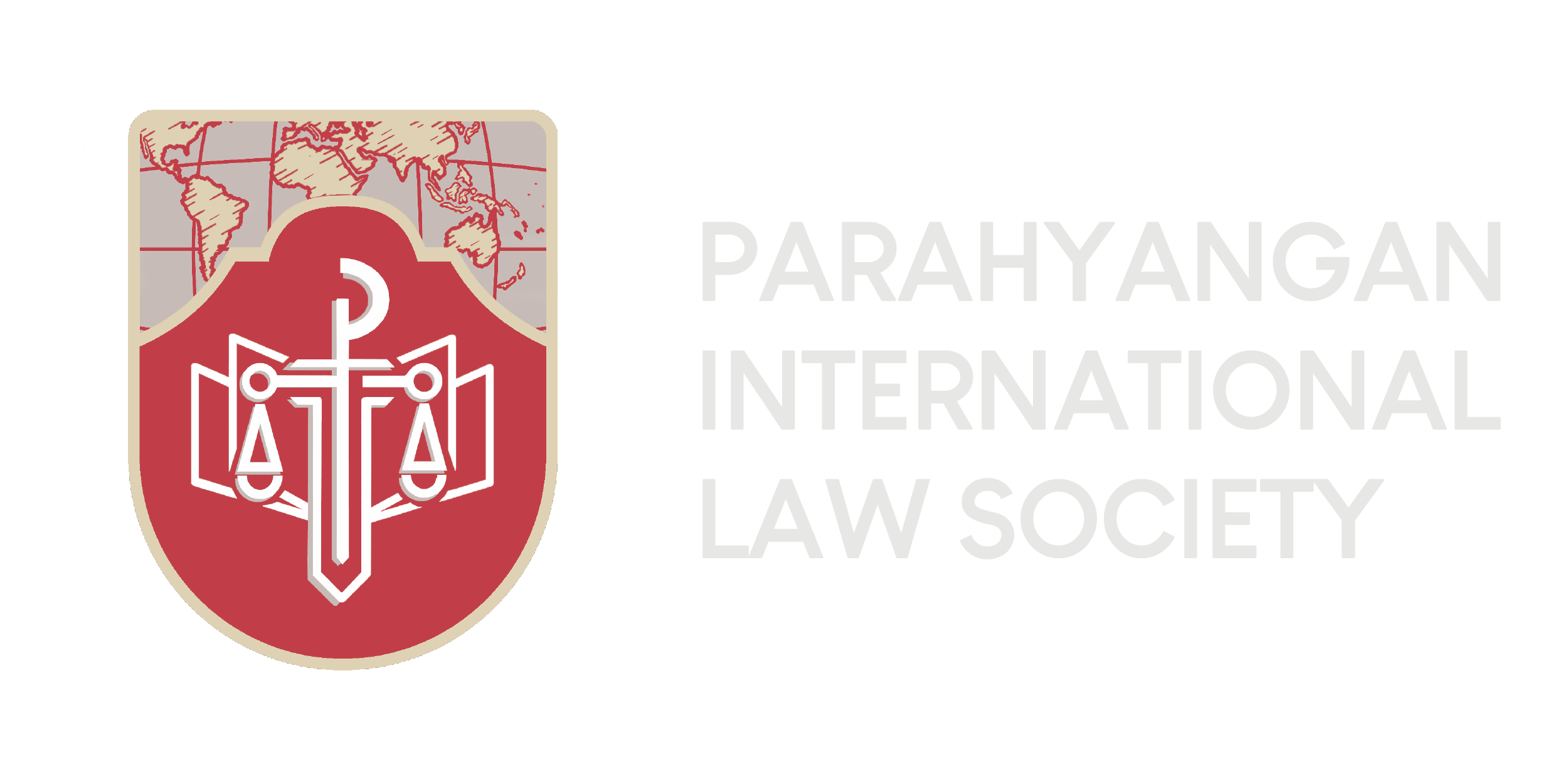Written by Giselle Suhendra, Angelica Ang
Edited by Lovelyn Tayuwijaya, Evan Jonathan, Oliver Eide
Human history has revealed numerous abuse of chemical weapons that has brutally exterminated lives. This tragedy specifically occurred during the World War and the Cold War, when the United States and the Soviet Union were the ones who predominated those chemical weapons. Reflecting on such tragedy, the opposition attempted to ban all chemical weapons at the end of the Cold War to evade the destruction that was caused by chemical weapons. This led to the rise of the Chemical Weapons Convention (“CWC”) in 1993 which prohibits the use, development, production, acquisition, stockpiling, or transfer of chemical weapons in war.
To strengthen the implementation of the CWC, the Organisation for the Prohibition of Chemical Weapons (“OPCW”) was established to observe State parties’ compliance with the CWC and provide a forum for consultation as well as cooperation among the State parties. At the 20th session of the CWC, the State parties agreed to establish a remembrance day for the victims of Chemical Warfare every 30 November. This day serves as a sign to reaffirm the commitment of the OPCW to eliminate the threat of chemical weapons.
The History and Legacy of the Mass Destruction Weapons
Chemical weapons may take the forms of munitions, devices, or other equipment, which are intentionally designed to cause death or inflict harm on living creatures through their toxic nature. Without having to resort to concrete incidents, the definition in itself sufficiently reflects the hazardous nature of chemical weapons. Given the concrete chemical warfare in the past and recent tragedies that created mass suffering for human beings, little wonder that chemical weapons are deemed as weapons of mass destruction. It is evident by the casualties of more than one million innocents due to the large-scale use of chemical weapons during World War I.
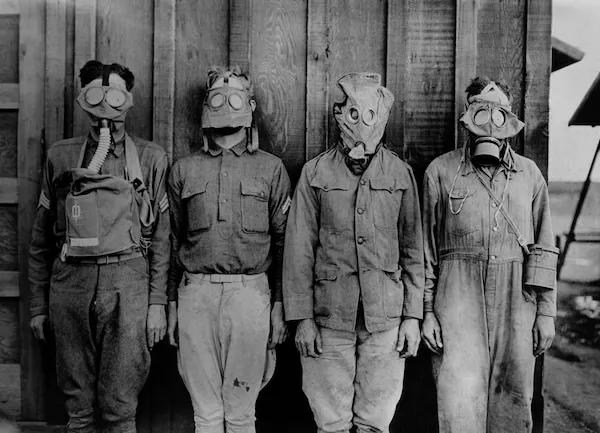
Chemical weapons are developed from various types of chemical agents, such as nerve agents, blister agents, choking agents, and blood agents. Each of these has different rapid effects on human bodies. Among the chemicals used, nerve agents were the most contagious chemical weapons during World War I. Their toxicity rapidly disperses through inhalation or skin absorption, resulting in seizures, loss of body control, muscle paralysis, and unconsciousness. After World War I, nerve agents are constantly developing under a Soviet program, known as the VX and Novichok Agents. The Novichok Agents eventually displaced the original nerve agents as the most contagious chemical weapons ever designed.
Unlike most nerve agents that only interfere with the central nervous system, the Novichok Agents interfere with the central and peripheral nervous systems. Within seconds of exposure, the victim reveals its poisoning symptoms and eventually passes away due to diaphragm and heart failure. Furthermore, the Novichok Agents are hard to be detected due to their binary-weapons nature. The Novichok Agents consist of two canisters, where the materials in each canister are innocuous. The toxicity is only produced after the ammunition is released in the targeting area and the two canisters mix. All in all, the Novichok Agents are much more dangerous than the nerve agents ever exist.
The Rapid Disperse with Lasting Impact of Chemical Weapons
Although chemical weapons are indeed latent, their effects on human beings and our environment are concrete. Even worse, the effects of chemical weapons are not only temporary but also lasting. For instance, choking agents consisting of chlorine and phosgene can permanently damage humans’ lungs. During armed conflict, the choking agents disperse as gas and shatter the soldiers’ gas masks. The soldiers thus have no other choice than to absorb the chlorine and phosgene gases.[7] The chlorine gas causes unbearable irritation to mucous membranes of the eyes, nose, nasopharyngeal zone, respiratory tract, and permanent lung tissue damage. On the other hand, the phosgene gas causes severe chest pain, breathlessness, coughing, and bloody sputum.[8]
More than just a scientific report, approximately 100,000 Iranians received treatment for the acute effects of chemical weapons exposure during the Iran-Iraq war. Most of these people suffer severe chronic diseases in their lungs, eyes, and skin. Research by BioMed Central also concluded that chemical warfare survivors are at risk of poor health quality for the rest of their life.
Aside from physical health impacts, the WHO emphasises the mental health impacts of chemical warfare.[11] Chemical weapons attack surprisingly cause more intense fear and anxiety than other typical weapons as:
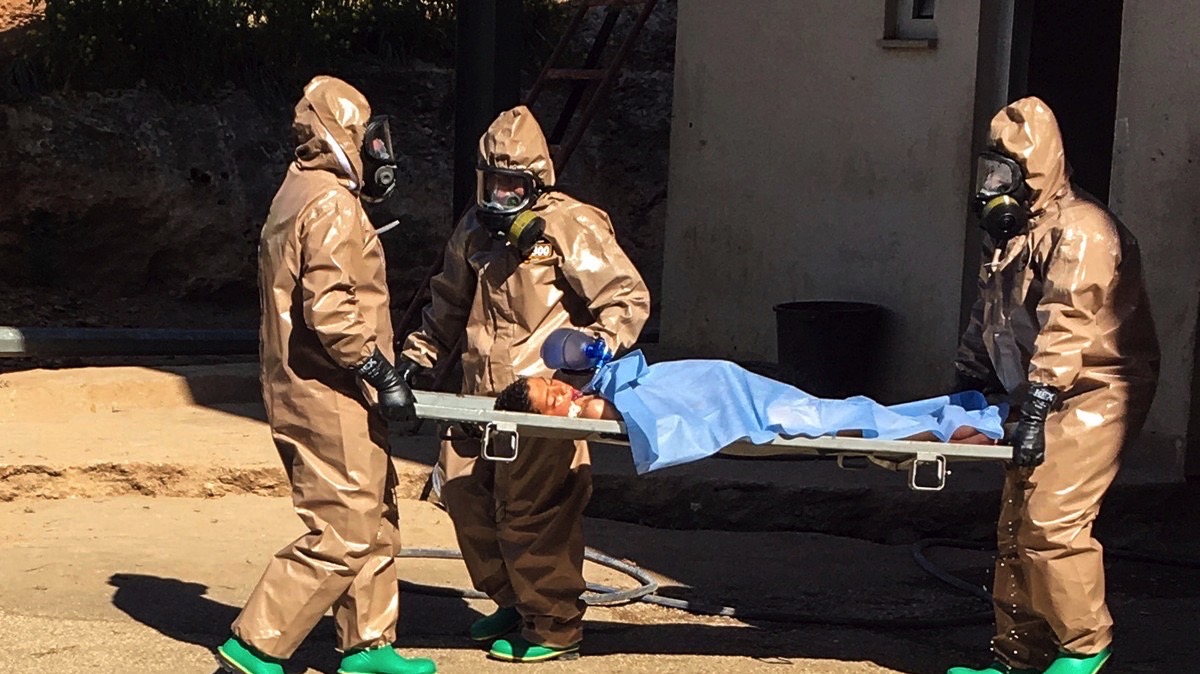
- First, unlike explosive weapons which cause actual wounds, chemical weapons are so imperceptible that the victims might not realise they are already contaminated. This latent attack generates considerable anxiety due to the uncertainty of the possible effects on their health conditions.
- Second, the infectious nature of chemical weapons effects causes an avoidable fear of being labelled as a source of a disease. This infectious label poses further troublesome problems, such as the obligation to isolate and quarantine.
- Third, the feared victims raise autonomic arousal symptoms that create tension in various systems and organs. This led to the misinterpretation of the symptoms as evidence of infection and contamination. Consequently, people who experience autonomic arousal symptoms can be falsely-diagnosed as contaminated, although they are physically healthy.
- Fourth, the protective clothing, masks, and respirators lead to even greater anxiety due to their heat, respiratory distress, and claustrophobic effects.
- Last, the fear of chemical weapons exposure causes episodes of medically unexplained epidemic illness, known as mass sociogenic illness, mass psychogenic illness, or mass hysteria.

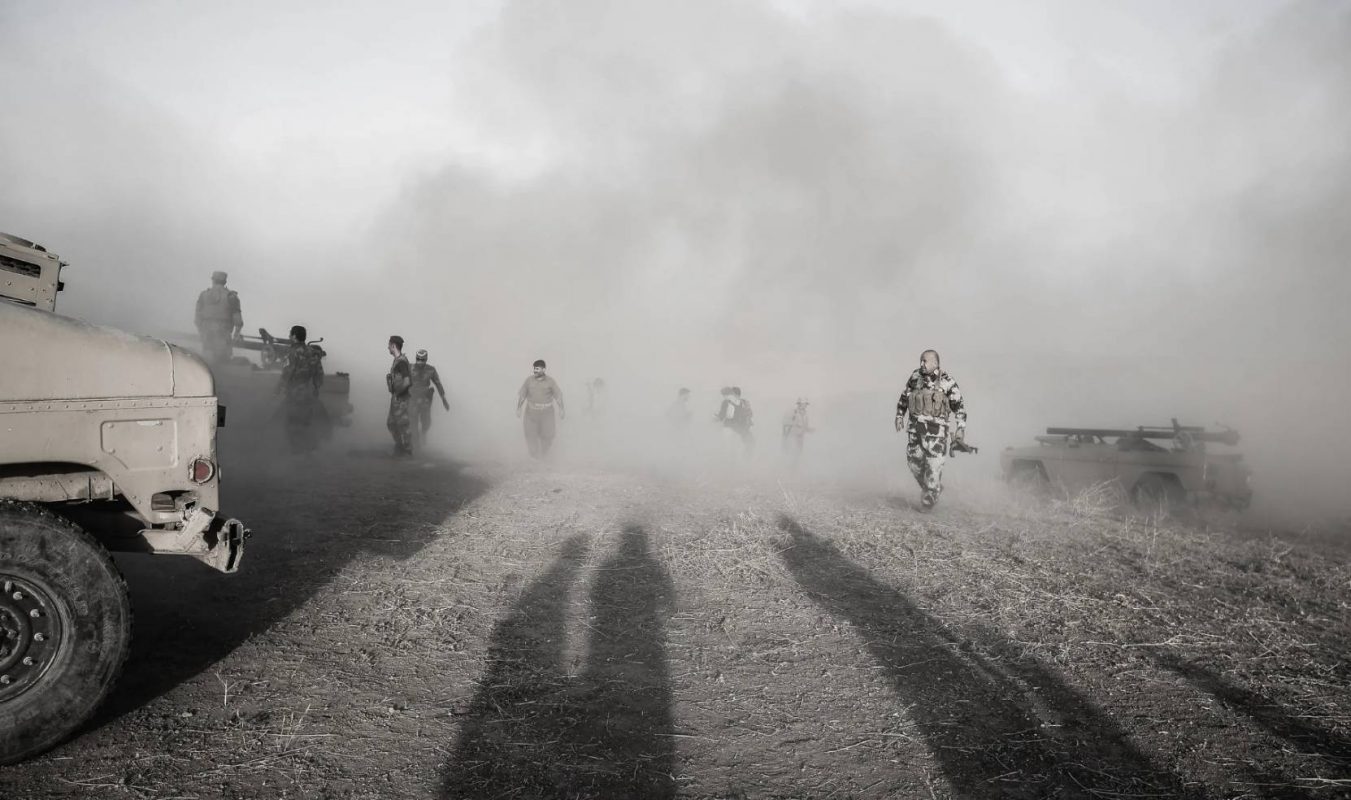
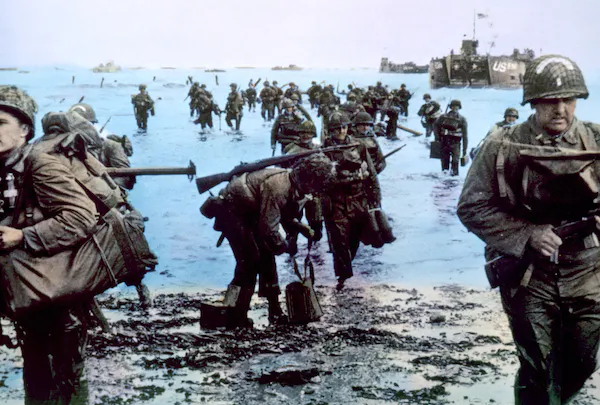
The brutality of chemical weapons does not stop with human beings. Chemical weapons also leave an unprecedented threat to our environment. In particular, the substance of nerve agents, such as sarin, tabun, and soman, has been proven to pose long-term damage to our environment. Numerous scientific reports demonstrated that they have similar effects to organophosphorus pesticides that endanger grassland ecosystems and the lives of natural predators. In particular, the decrease in the number of plant pollinators would cause crop failure, loss of natural predators, and decreased honey production by bees. In the end, the effects of chemical weapons would disrupt the ecosystem balance.
International Efforts Against the Use of Chemical Weapons
The scarring of chemical weapons left on human beings and our environment leads to the emergence of the Customary International Humanitarian Law (“IHL”) prohibiting the use of chemical weapons during warfare. Rule 70 of the Customary IHL states, “the use of means and methods of warfare which are of a nature to cause superfluous injury or unnecessary suffering is prohibited.” As chemical weapons are undoubtedly cited in practice as causing unnecessary suffering, Rule 74 of the Customary IHL blatantly emphasises, “the use of chemical weapons is prohibited.”
In course of time, the prohibition of the use of chemical weapons during warfare received constant recognition from many other conventions. This recognition is evident in numerous international conventions, including the Geneva Gas Protocol, the Statute of the International Criminal Court, and the Hague Declaration which eventually prohibit the use of chemical weapons. Besides international conventions, States also crystallised the prohibition in their military manuals, such as Australia’s Commanders’ Guide, Belgium’s Law of War Manual (1983), Cameroon’s Instructor’s Manual (1992), Germany’s Military Manual (1992), Colombia’s Basic Military Manual (1995), and Canada’s LOAC Manual (1999).
Prohibition of the Use of Chemical Weapons in Reality
In reality, the International Committee of the Red Cross reported that over 98% of chemical weapons stockpiles have been destroyed and are expected to be completed in 2023. Some suspected States that still stockpile chemical weapons are North Korea, Israel, Russia, Syria, Taiwan, and the United States. These possessions indicate that there is ample room for those States to use chemical weapons. Our notorious instance was the 2017 Syrian attack on Khan Sheikhoun, where the Syrian government launched a warplane equipped with a nerve agent, resulting in the death of 90 innocents and 30 of whom were children. The fatalities in the Syrian attack are even worse than the world’s deadliest chemical attack, the Ghouta incident in August 2013. This recent incident raises considerable reluctance regarding the efficacy of the treaties that have prohibited the use of chemical weapons.
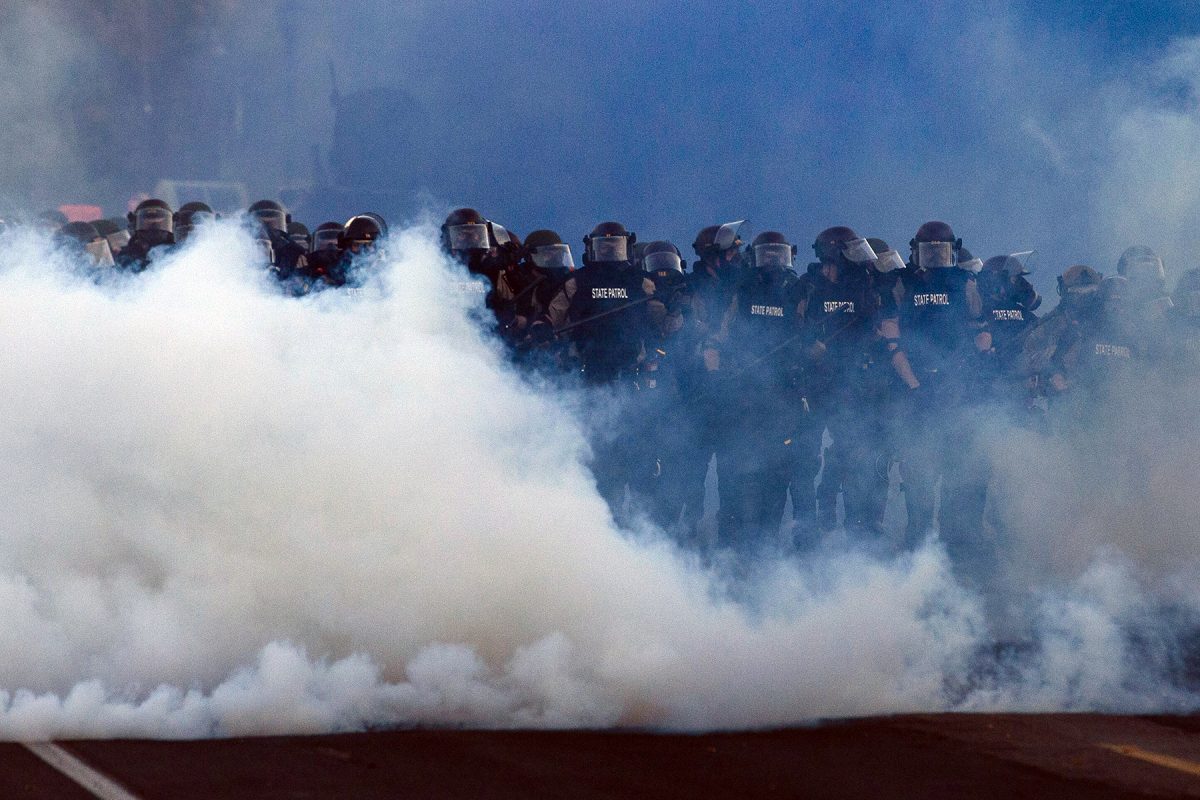
Turning to the less extreme use of chemical weapons, States usually use riot control agents in the form of tear gas for law enforcement purposes. It is worth noting that international law does not explicitly prohibit the use of chemical weapons for such purposes. The Geneva Protocol only forbids the use of chemical weapons in the field of conflict. In addition, the CWC still allows the production, acquisition, stockpiling, transfer, and use of chemical weapons for purposes not prohibited under the Convention, including law enforcement purposes. All in all, even though there is still room for States to possess and use chemical weapons, States should not use chemical weapons in times of conflict.
Giselle Suhendra and Angelica Ang are second-year law students at the Law Faculty of Universitas Katolik Parahyangan and associates of Parahyangan International Law Society.
